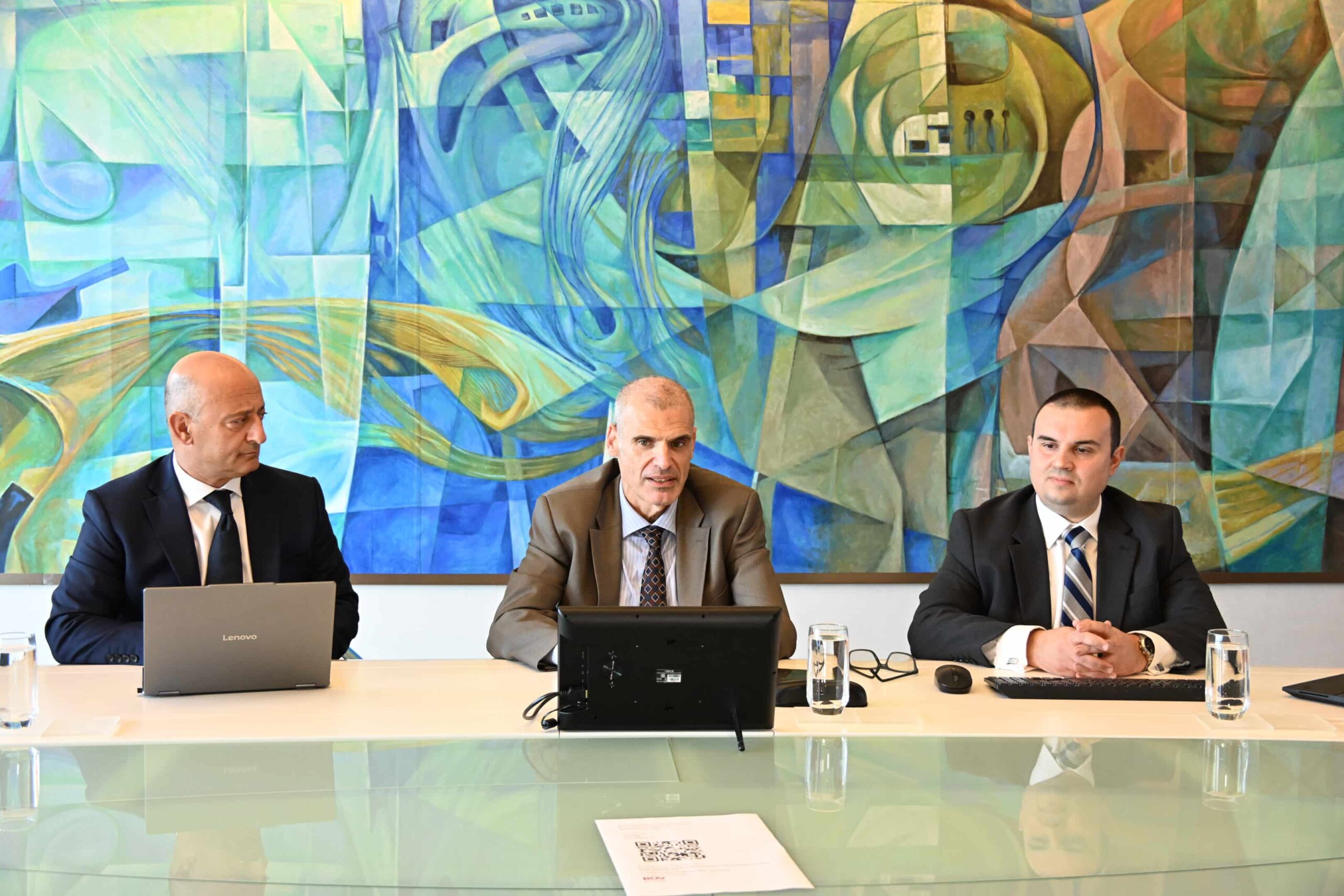

Introduction
On 11 March 2025, the Council of the European Union formally adopted the VAT in the Digital Age (ViDA) package – a major reform set to modernise VAT rules across the EU. ViDA is structured around three key pillars:
These reforms, adopted under Council Directive (EU) 2025/516, will be implemented in phases to allow for a manageable transition across the EU.
Purpose of ViDA reforms
The transformation of the digital economy has exposed the structural limits of the EU VAT framework. Traditional VAT systems were not designed to capture the speed, volume, and complexity of today’s digital transactions, nor to leverage the vast amounts of data these transactions generate. As a result, businesses face a growing disconnect between how they operate digitally and how they are expected to comply with outdated VAT reporting obligations. The VAT in the Digital Age (ViDA) initiative, introduced through Council Directive (EU) 2025/516, addresses this mismatch by reshaping the Union’s VAT rules to align with modern digital realities. It does so by targeting friction points such as fragmented reporting systems, platform economy gaps, and the inefficiencies arising from multiple VAT registrations across Member States.
A core driver behind these reforms is the need to combat systemic VAT fraud and reduce the staggering EUR 93 billion VAT gap, of which EUR 40–60 billion is linked to intra-Community fraud. ViDA introduces a Union-wide digital reporting requirement (DRR) based on structured electronic invoicing, enabling real-time transaction-level data sharing between Member States. This harmonised system enhances tax authority oversight and reduces compliance costs for cross-border businesses, while offering the deterrent effect of automated cross-matching capabilities. The reform not only responds to citizen demands for fairer tax practices but also strengthens the integrity of the internal market by standardising reporting expectations across the EU. For businesses, this is both a compliance obligation and an opportunity to automate and future-proof VAT processes.
Summary of Key Upcoming Changes
Pillar 1 – E-Invoicing and Digital Reporting Requirements (DRR)
Pillar 2 – Platform Economy
These measures seek to create a fairer VAT environment by ensuring that digital platforms play their part in VAT collection where suppliers are not registered or not charging VAT.
Pillar 3 – Single VAT Registration
These specific measures are set to allow businesses that operate across different Member States to register for VAT just once within the EU, thus reducing compliance costs and administrative burdens.
Key Implementation Timeline
| Date | Pillar/s | Reform Highlights |
| 12 April 2025 (Entry into force) | – | Entry into force. Domestic e-invoicing permitted without EU derogation. EC to adopt anti-fraud rules under IOSS including Unique Consignment Numbers. |
| 1 January 2027 | 3 | OSS extended to B2C energy supplies. |
| 1 July 2028 | 2 & 3 | Deemed supplier rules for platforms (may be delayed to 01 January 2030) OSS extended to transfers of own goods and goods with installation Mandatory reverse-charge for certain B2B transactions. |
| 1 July 2030 | 1 | E-invoicing and DRR becomes mandatory for cross-border B2B transactions. |
| 1 January 2035 | 1 | Deadline for aligning national DRR/e-invoicing systems with EU rules. |
Immediate Measures in more detail – from April 2025
With the ViDA coming into force, Member States are allowed to mandate the use of e-invoicing for certain domestic transactions involving businesses established within their jurisdiction, without needing prior approval from the EU. This move empowers individual Member States to accelerate the adoption of digital invoicing at their own pace.
Additionally, countries that opt to implement this requirement may also waive the need for customer consent to receive e-invoices.
Importantly, these provisions do not create any obligation to implement digital reporting systems alongside e-invoicing. Member States retain full discretion to introduce reporting systems either independently or in conjunction with e-invoicing.
Until 1 July 2030, specifically for domestic transactions, national tax authorities may continue to define their own e-invoicing formats, meaning they are not required to align with the EU’s standard (EN16931) and this flexibility may remain even beyond that date for domestic transactions.
In addition, with effect from April 2025, measures to improve the Import One-Stop Shop (IOSS) have been implemented.
One such measure is the introduction of a Unique Consignment Number (UCN) for every IOSS transaction. This number, generated through an EU-managed system, will be linked to the supplier’s IOSS VAT identification number and will change with each consignment. Customs authorities will use this number to cross-check transactions against the EU’s central database. Only after successful verification will the goods be cleared under the IOSS scheme.
These controls are designed to improve traceability and compliance, reducing the risk of VAT fraud in cross-border low-value imports.
Next Steps
The progressive implementation of the ViDA package over the next decade is set to bring significant changes for businesses and Member States alike.
In particular, for businesses engaged in cross-border operations, early preparation is crucial. The potential financial and operational impacts must be assessed promptly and they should actively liaise with tax authorities as well as professionals to stay updated on requirements, training and developments. In addition, platform based businesses should assess how the deemed supplier rules could impact their current business models.
Although the short-term adjustments may require investment and adaptation, the long-term benefits of ViDA are clear – simplified VAT compliance, fewer VAT registrations, enhanced fraud protection and a more harmonised digital VAT system across the EU. By acting now, businesses can not only stay ahead of the regulatory curve but also position themselves to take full advantage of a more streamlined and future-ready VAT framework.
Authors: Brandon Gatt, Partner, Zampa Partners & Nicole Zammit Fenech, VAT Senior, Zampa Partners


...
...
...

...

...

...
